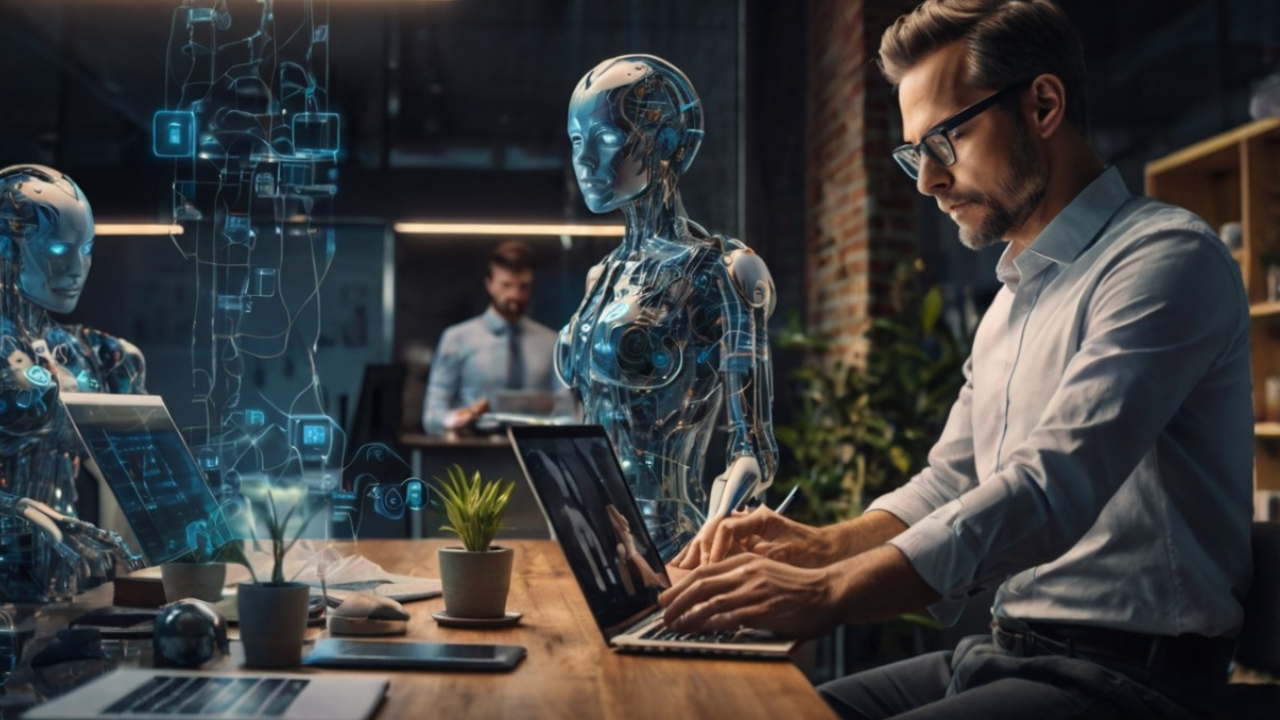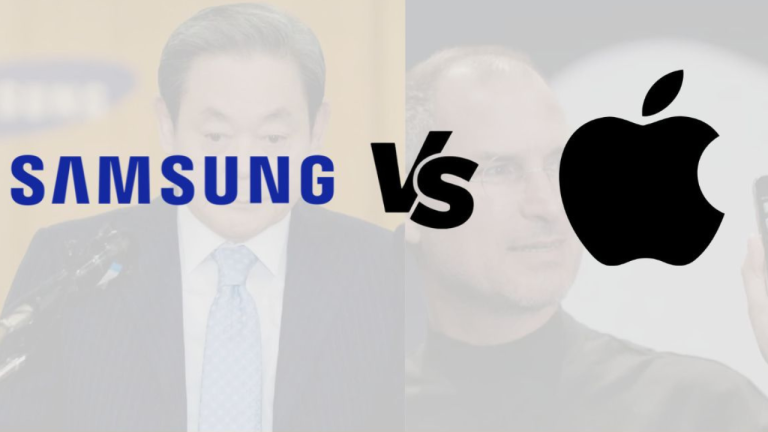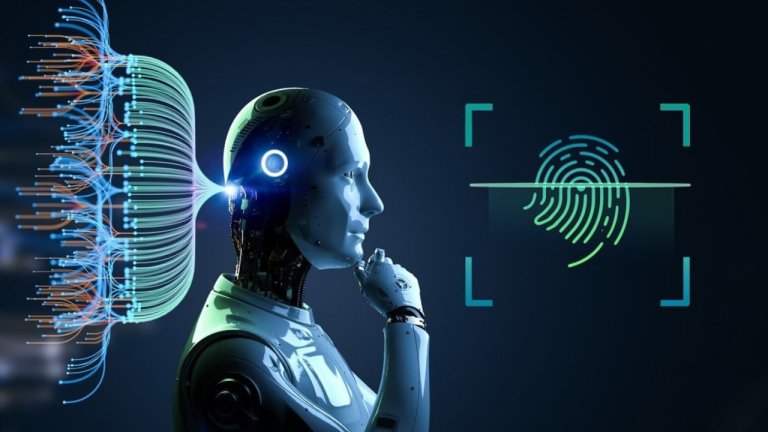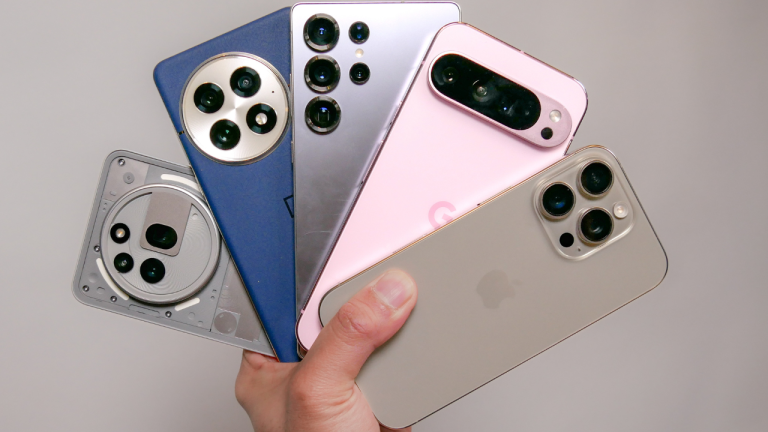How Elon Musk’s New AI Chip Is Changing the Game
When Elon Musk speaks, the tech world listens. But when he builds, the world changes. Known for launching electric vehicles into space and shaking up global industries, Musk has now turned his focus toward something even more ambitious — a revolutionary AI chip that could change how machines learn, think, and interact with the world.
This isn’t about faster phones or better graphics. It’s about taking artificial intelligence from being a cloud-based tool to something far more personal, powerful, and independent. And at the center of this innovation is a chip that could reshape everything from robotics to self-driving cars to the human brain itself.
Let’s break down what Elon Musk’s AI chip actually is, what makes it different, and how it’s already shifting the AI landscape.
The Origin of the Chip: A Neuralink and xAI Collaboration
The AI chip in question isn’t just a product of Tesla or SpaceX. It’s a collaboration between Neuralink — Musk’s brain-computer interface startup — and xAI, his new artificial intelligence venture launched to challenge the dominance of OpenAI and Google DeepMind.
While most companies are focused on training AI in the cloud, Musk’s vision leans toward building smarter, faster, and more efficient chips that can be deployed directly into devices — including robots, cars, and eventually, humans. This chip is not just a faster processor; it’s a hardware rethink of how machines interpret and interact with complex environments.
In short, this chip is designed to support the kind of real-time reasoning and sensory processing needed for truly autonomous systems.
What Makes the Chip Different from Others
AI chips aren’t new. NVIDIA’s GPUs, Google’s TPUs, and Apple’s neural engines all serve different purposes in the world of artificial intelligence. But Musk’s AI chip sets itself apart in several ways.
1. Neuromorphic Design
Rather than processing information in a linear way like traditional CPUs or GPUs, this chip is built to mimic how human brains work — using neuromorphic architecture. That means it’s optimized to handle parallel data, recognize patterns instantly, and learn from its environment on the fly.
2. On-Device Learning
Most current AI chips rely heavily on pre-trained models. Musk’s chip, however, is designed for real-time, on-device learning. That means a robot or car using this chip can adapt and learn continuously without needing to constantly connect to a central server.
3. Ultra-Efficient Energy Use
Running complex AI models typically burns through massive amounts of energy. This chip drastically reduces that demand through localized processing and energy-efficient pathways. That opens the door to longer battery life and smaller form factors for devices.
4. Integrated Brain-Machine Compatibility
Perhaps the most futuristic element is that the chip is also being developed with Neuralink compatibility in mind. That means future iterations could be implanted in humans to interface directly with brain signals, allowing for thought-based control over machines, software, and possibly communication.
Where It’s Being Used Already
The chip isn’t just in a lab — it’s already finding its way into active use across Musk’s various companies.
Tesla’s Full Self-Driving (FSD) System
Tesla has integrated early versions of the chip into its FSD test vehicles. Engineers have reported improved processing speeds for visual data, better decision-making in complex environments like city driving, and enhanced safety thanks to faster reaction times.
Optimus: Tesla’s Humanoid Robot
Tesla’s humanoid robot, Optimus, is being tested with the chip to allow real-time object recognition, movement prediction, and adaptive learning. In factory environments, this means robots can train themselves on tasks without human programming, reducing setup time and increasing flexibility.
Neuralink Prototypes
Although not commercially available, Neuralink has reportedly begun internal testing of the chip’s neural compatibility. This suggests a long-term plan where AI processing could eventually integrate directly with human thought — raising major possibilities and ethical debates.
Implications for the Future of AI
Musk’s new AI chip isn’t just a new piece of hardware. It’s a statement. A bold move toward decentralized, real-time AI that doesn’t rely on massive cloud infrastructure to function. This has major implications.
1. Smarter Edge Devices
With traditional AI, devices like drones, smart cameras, and robots have to send data back to a server for processing. Musk’s chip removes that bottleneck, enabling true intelligence on the edge. That could lead to breakthroughs in remote automation, surveillance, and even disaster response.
2. Lower Latency in Critical Decisions
By removing the need to ping external servers, AI-powered tools can make split-second decisions. In self-driving cars, this might be the difference between an accident and a safe stop. In robotics, it means real-world functionality without lag.
3. Democratization of AI Access
If this chip becomes affordable and scalable, it could empower smaller developers and companies to create advanced AI systems without needing massive cloud computing budgets. That levels the playing field and fuels innovation from unexpected places.
4. Ethical Complexity and Control
But there’s a downside too. Chips that enable independent machine learning raise questions of control and safety. What happens when a robot continues learning outside its initial programming? How do we prevent AI systems from developing unintended behavior?
Musk himself has warned against the dangers of unregulated AI, and yet his chip pushes that boundary further than ever before.
What Experts Are Saying
Reactions to the chip have been mixed. Some experts hail it as a breakthrough in AI hardware, comparing it to the invention of the microprocessor in the 1970s. Others urge caution, pointing out the unknowns of neuromorphic learning and autonomous machine behavior.
Skeptics also note that many of Musk’s bold claims in the past have taken years to materialize — or in some cases, have not lived up to expectations. Still, the pace of development across his companies suggests that this chip is not vaporware. It’s real, and it’s evolving fast.
Conclusion
Elon Musk’s new AI chip is not just an upgrade. It’s a fundamental shift in how machines process intelligence. From faster decision-making to real-time learning, it changes the rules of what’s possible with artificial intelligence.
Whether embedded in a car, powering a robot, or someday linked to the human brain, this chip represents the next step in our ever-deepening relationship with machines. As with all of Musk’s ventures, the idea is bold, the execution is ambitious, and the implications are far-reaching.
At Techmarsh.blog, we’ll continue to watch this story unfold and explore how this chip reshapes industries, behaviors, and possibly even humanity itself.
Stay in touch to get more news & updates on Tech Marsh!





